The 90th Bubble wrap DFTB X The Bridge
Don't Forget the Bubbles
MARCH 31, 2025
The primary outcome was to evaluate the impact of % FO in paediatric patients with sepsis or septic shock at any time after PICU admission. 41% of patients with septic shock had MODS. Reviewed by Dr Sadia Irshad Article 3: Updates on the management of sepsis and shock Long B, Gottlieb M. Am J Emerg Med. 2025 Apr;90:179-191.

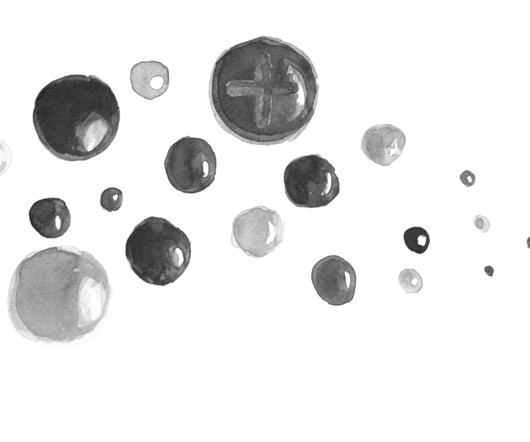



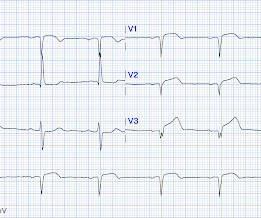


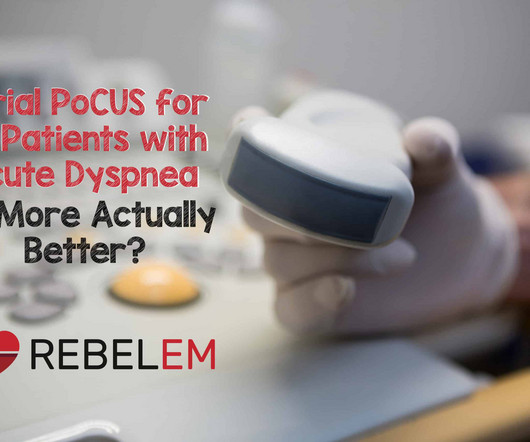

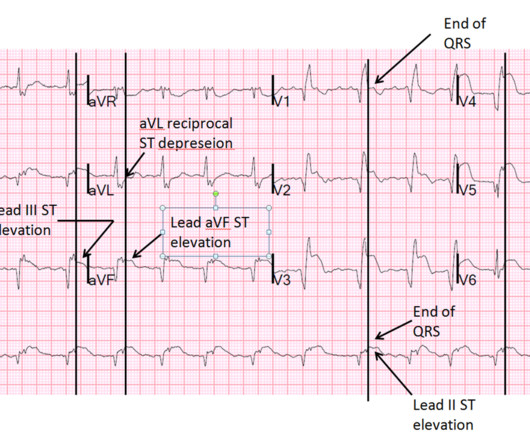




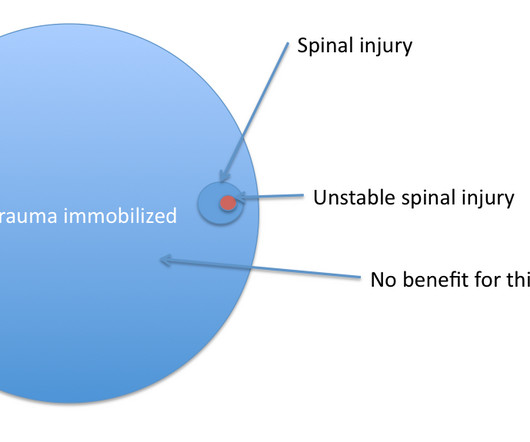










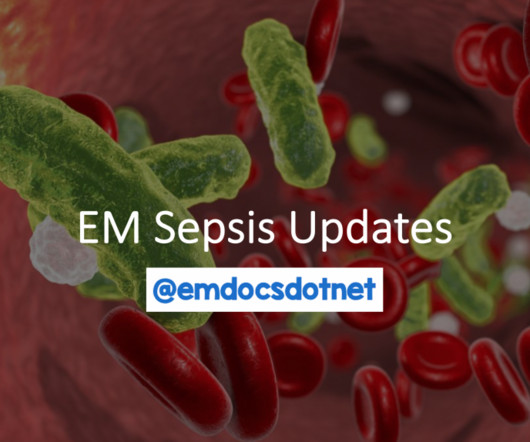




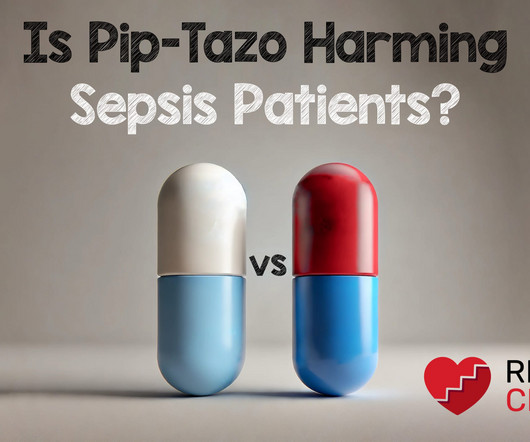
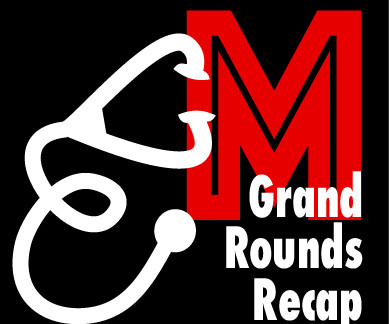

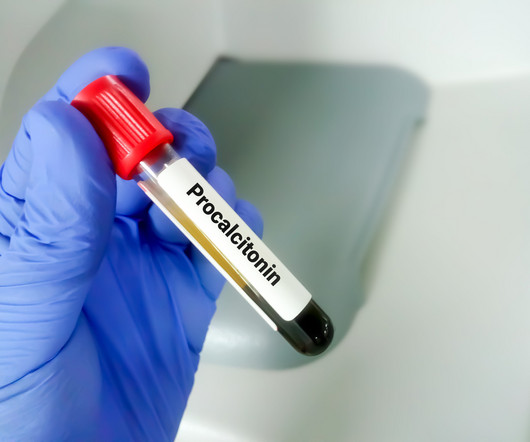






Let's personalize your content